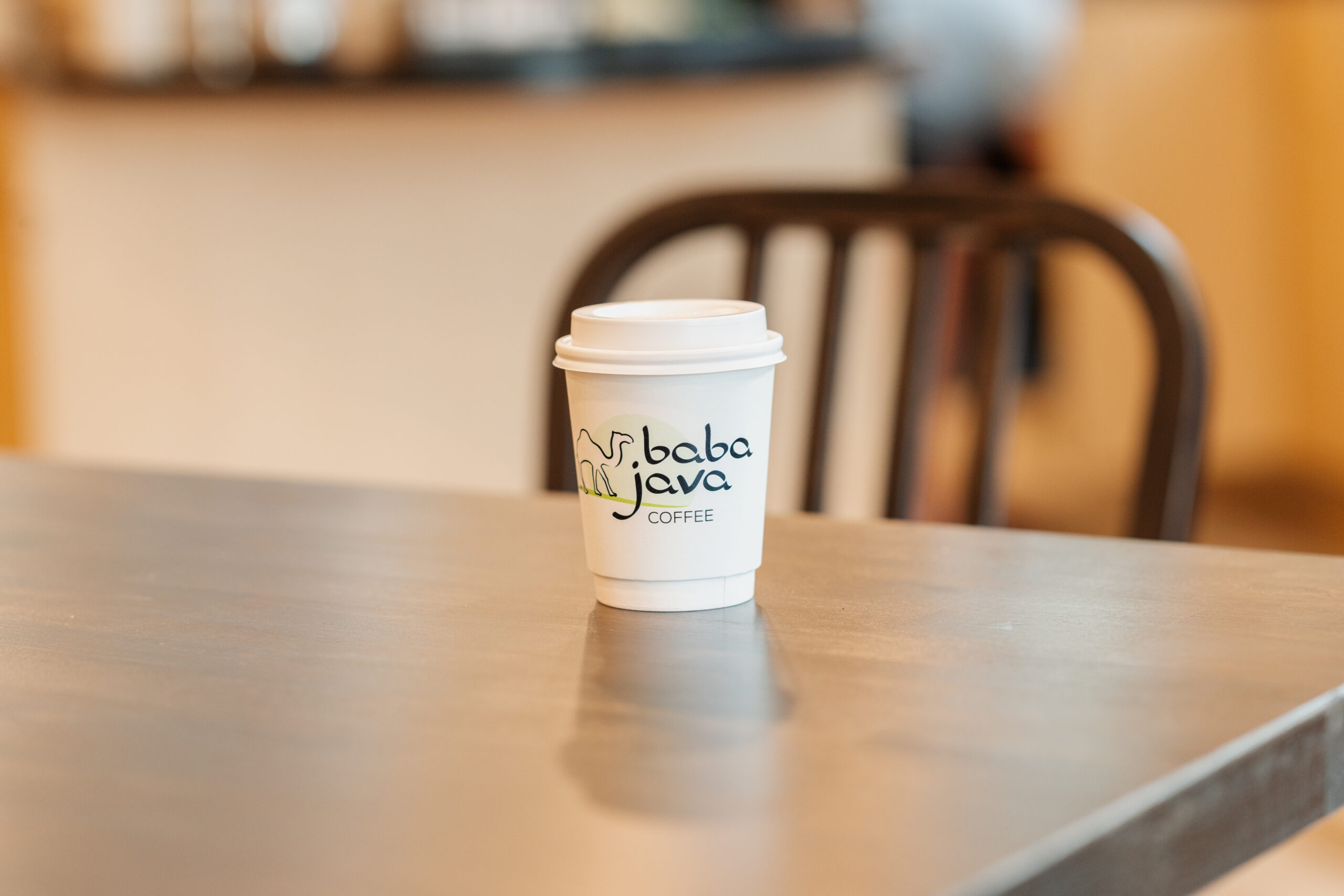
Coffee Drink Origin Stories: The Cappuccino
Cappuccino. Most coffee drinkers know the name and enjoy this delicious beverage regularly. And why wouldn’t they? A cappuccino is rich with espresso, steamed milk, and a velvety layer of foam atop.
But where did the cappuccino come from? And what, exactly, makes for the perfect cup?
We’re beginning a blog series called the Coffee Drink Origin Stories series. In this blog, we will disclose all the details and lore of this amazing espresso drink. Enjoy!
The Origins of the Cappuccino: Legends and Reality
There are several legends surrounding the story behind where the cappuccino originated, and most involve a group of friars in the Catholic Church who belong to the Capuchin order. Here’s the consensus on what really happened.
Capuchins got their name from the distinctive hood they wore, which in Italian was called a cappuccio—or cappuccino. Their hoods and robes were a particular shade of brown that became associated with the order, a color that would become known as capuchin.
The name wasn’t associated with the drink, though, until the 19th century—and it wasn’t Italy that coined the term, but Austria (Vienna, to be precise). There, Viennese baristas named a popular beverage Kapuziner, which is German for—you guessed it—capuchin.
The beverage’s color resembled the same shade of brown worn by the Capuchin monks, and was described as “coffee with sugar, egg yolks and cream.” It wasn’t until the 19th century, in Italy, that the drink became known as cappuccino.
One misconception about the cappuccino is that the name comes from the innovation in the late 19th century when baristas started adding steamed milk to the top of the drink. It was said to resemble a monk’s head, and that became the origin of the drink’s name in the U.S. Given how the actual origin of the name also involved monks, the confusion is understandable.
What a Cappuccino Actually Is and How It’s Done in Italy
The term cappuccino today has a specific meaning. It’s a drink comprised of thirds: one-third espresso, one-third milk, and one-third foam. This recipe was standardized in the 1950s and is the one you’ll encounter most often in specialty coffee shops throughout the U.S.
Traditionally, however, a cappuccino’s ratios weren’t always 1:1:1, where the espresso, milk, and foam are in equal proportions. Recipes could also include a ratio of 1:2:2, in which there is less espresso and more milk and foam. You could create a stronger cappuccino with a higher ratio of espresso.
Regardless, today the drink is usually constructed with the 1:1:1 ratio in quantities ranging from 150ml to 175ml (or 5 ounces to 6 ounces). The result is the perfect balance of espresso and milk: not too strong, but not too weak; not too light, but not too heavy.
In Italy, where the cappuccino is an unofficial national beverage, Italians typically have one cappuccino a day, consumed in the morning. Espresso is then enjoyed for the rest of the day.
Surprisingly, drinking two or three cappuccinos throughout the day is a small cultural taboo in many places.
In summary, the cappuccino has rich Italian roots and is enjoyed all over the world. Some commodity-grade chain coffee shops might lead you to believe that this drink can come in all sizes and is composed of espresso and dry, bubbly milk foam, but this beverage is so much more. If constructed properly, the cappuccino is one of the best espresso-milk beverages money can buy, both a great sipper and an easily chuggable drink.
Baba Java Coffee provides traditional-sized and constructed espresso drinks. We’re proud to serve up a mean cappuccino with deliciously balanced espresso, beautifully steamed milk, and the perfectly foamed topper. Come grab one and enjoy its deliciousness as well as the rich history behind it! Try our coffees in a cafe or online!
